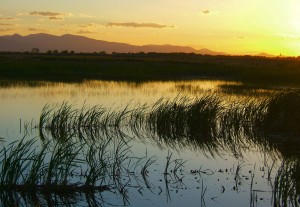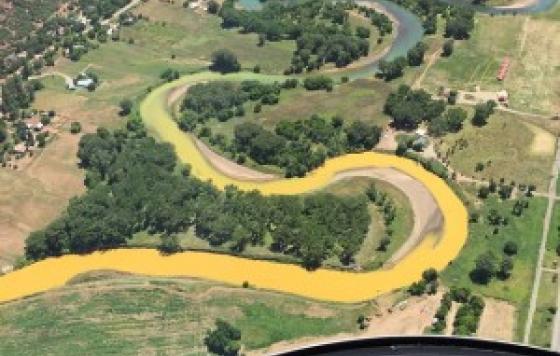
By Bob Wendelgass, President & CEO
A new study released by the US Environmental Protection Agency (EPA) today found that 55% of our nation’s waters are in poor condition for fish and other aquatic life. The major problems identified in the study were too much nitrogen and phosphorus (from fertilizer used on farm fields and suburban lawns), decreased vegetation and too much human disturbance along streams, increased bacteria levels and increased mercury levels.
The new study is an important call to action. And hopefully, it will prod EPA and the White House to take some strong action this spring to protect and upgrade our streams and rivers.
At the top of the list has to be finishing the process of restoring protection under the Clean Water Act for small streams and wetlands. Changes during the Bush Administration removed protection from thousands of small streams that provide drinking water to 117 million Americans. EPA started the process of reversing this change, but their draft guidance (and a rulemaking after that) has been stuck at the White House for over a year now. It’s time for the White House to take action…our streams can’t afford to wait any longer!
Next up should be a strong federal rule about stormwater - the water that runs off streets, sidewalks and other surfaces after rainstorms. EPA found that 24% of the rivers and streams studied were rated poor because of vegetation loss and increased disturbance by humans. A strong stormwater rule could address this, by requiring developers to leave more land undisturbed and planted with natural vegetation. EPA is talking about proposing a new stormwater rule this year. Hopefully this study will make sure that plan stays on track.
Keeping development back from the edges of our streams and requiring buffers along streams is one of the best ways to reduce runoff and pollution of our rivers and streams. Several years ago, Pennsylvania added a requirement for 150 foot vegetated buffers along the state’s best streams. More states and the federal government should move in this direction. Building right up to the edge of a stream and mowing all the vegetation on the stream bank is a recipe for disaster. Keeping development back and allowing natural vegetation along the stream bank will reduce pollution and flooding while also raising the value of properties nearby.
Letting our streams and rivers be strangled by pollution is a bad policy—bad for our environment, our health and our economy. Millions of Americans get our drinking water from nearby rivers and streams. The more polluted they are, the more expensive it is to make them safe for us to drink. Swimming, fishing, boating and other outdoor activities are a huge part of our economy, contributing $145 billion to our economy each year and creating thousands of jobs. But no one wants to swim or fish in a polluted river. Keeping our waters clean will protect our health, save us money and create jobs.
It’s time for action. Our rivers and streams can’t wait any longer. Hopefully, this new study will push the White House to take action now!
Related Posts
Stay Informed
Get the latest updates and actions:
Thanks for signing up!
There was a problem processing your signup. Please try again.


